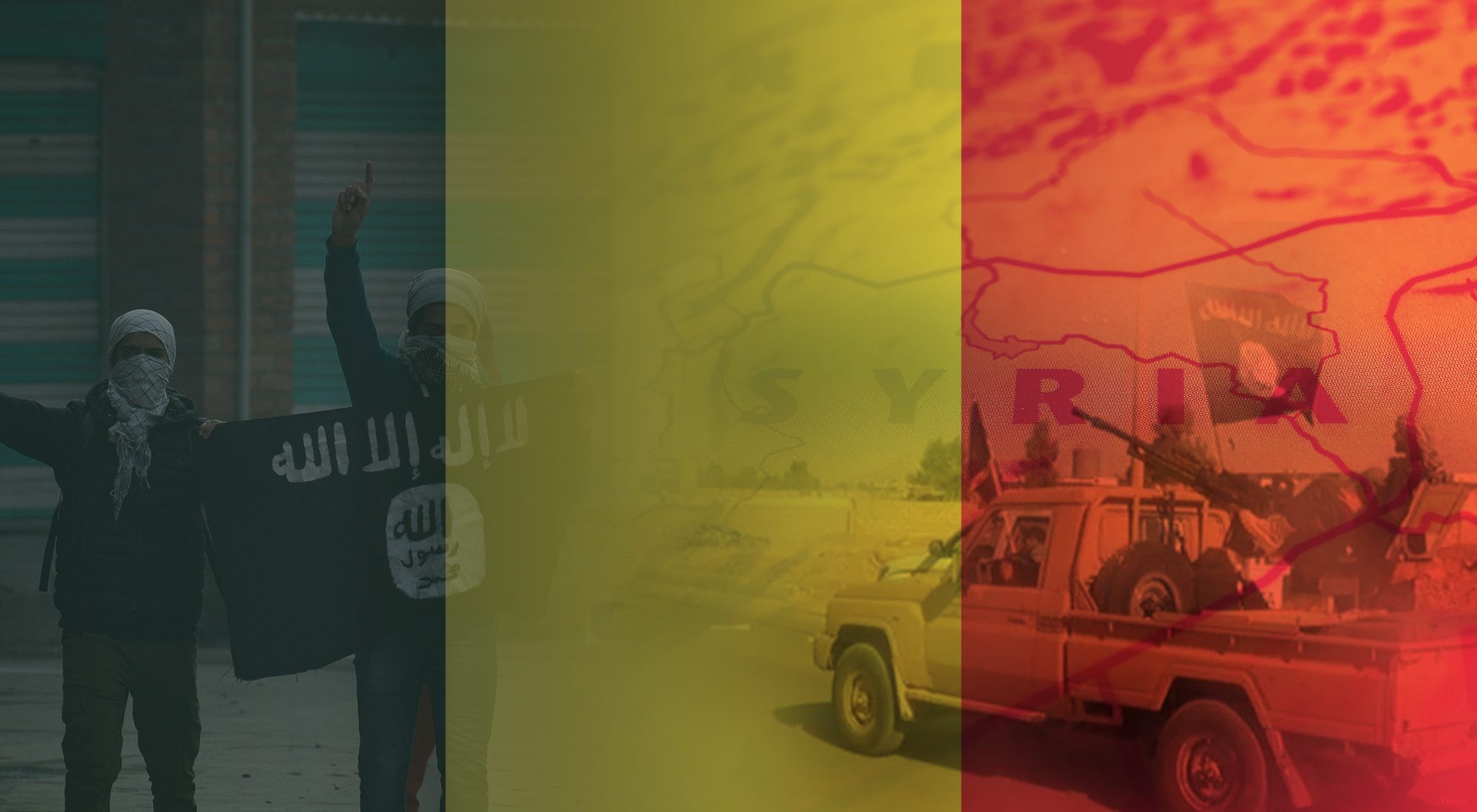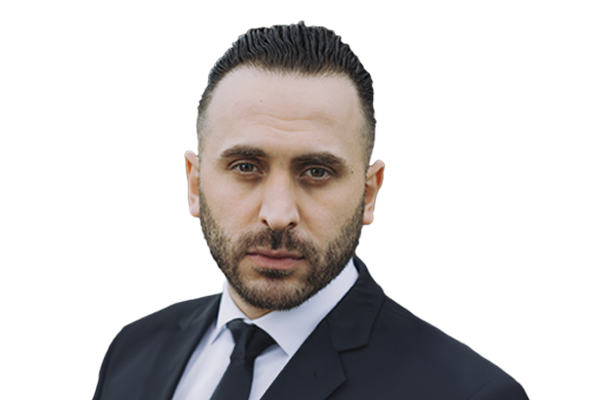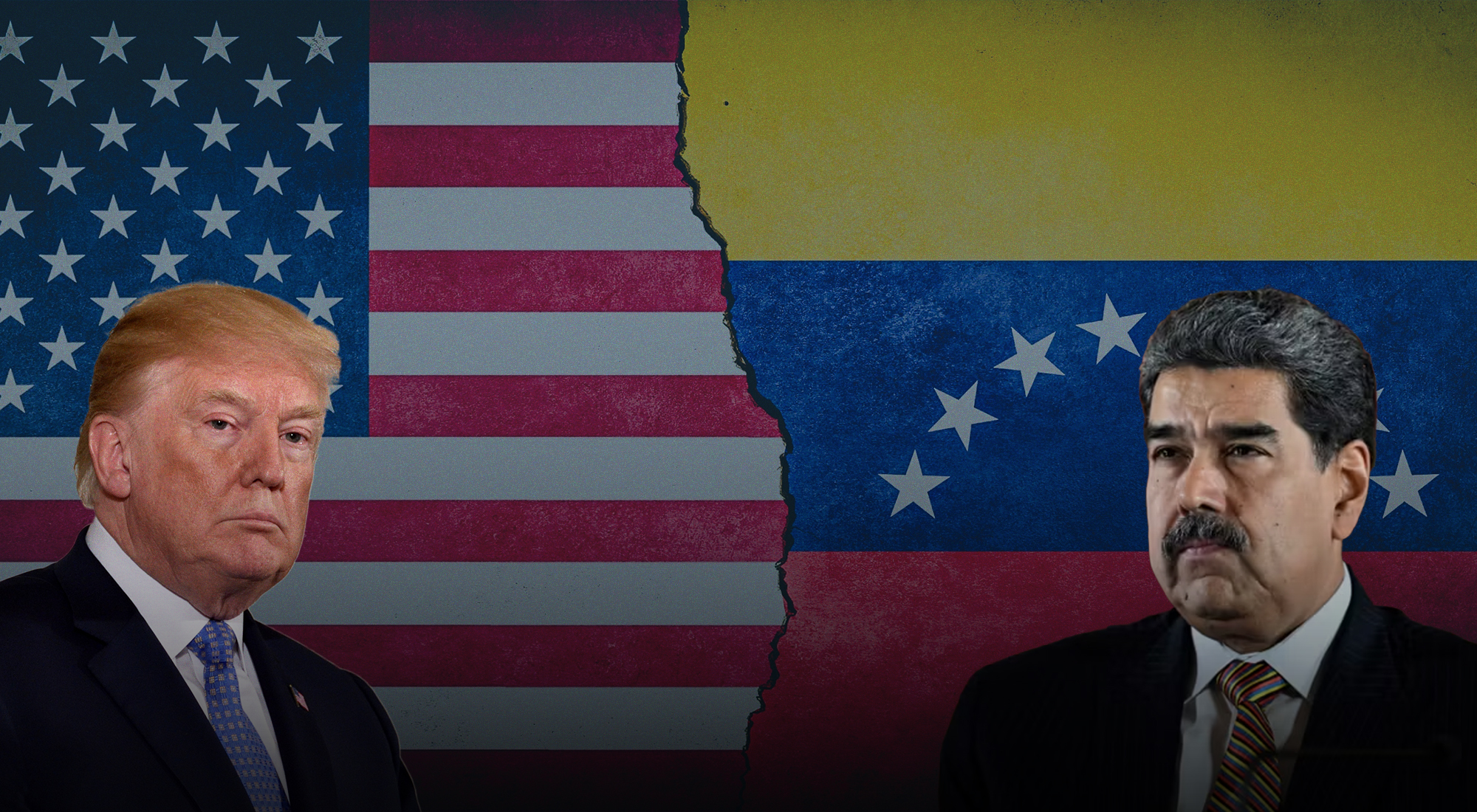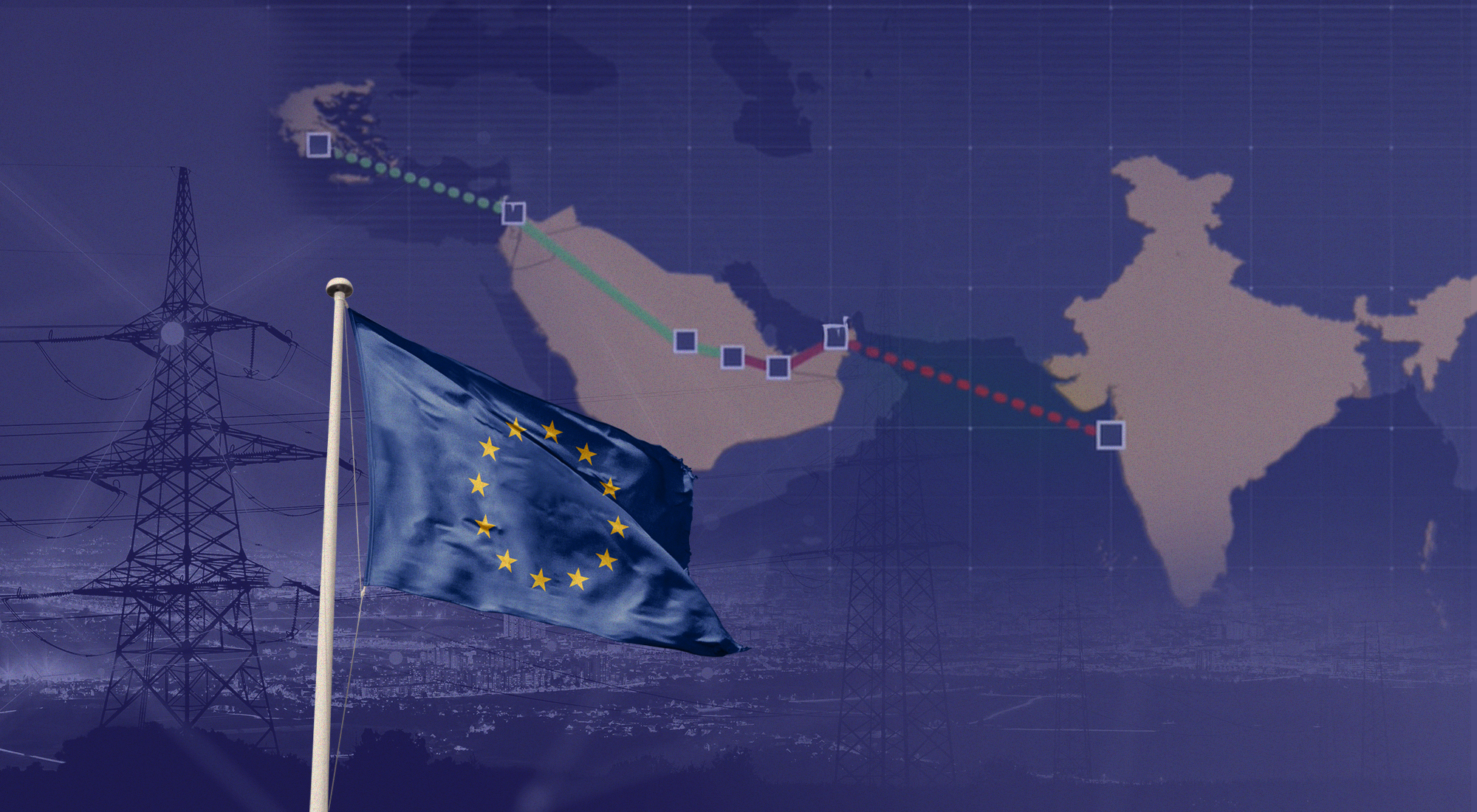Since the late 1970s, Belgium, as the epicentre of Europe, has had multiple experiences with Salafi-Jihadism, but never did they grow to such proportions as during the first years of the civil war in Syria.[1] After the so-called Arab Spring spread throughout North Africa and the Middle East in 2011, and the start of the Syrian revolution, Salafi-Jihadi groups from all over Europe encouraged their members to travel to Syria, as it was the most preferable failed state to wage armed Jihad.
This paper will look into the involvement of Belgian foreign fighters over the period of four time frames between 2010 to 2023: (1) 2010 – when they started involving themselves into Salafi-Jihadism; (2) 2012 – when the first Belgian foreign fighters left the country to engage in the Syrian civil war; (3) 2019 – when Belgian ISIS fighters disappeared, surrendered, or died during the battle of Baghouz; and (4) 2023 – the current situation, especially in the north-west of Syria.
Sharia4Belgium
In Belgium, one of the most active radical Muslim groups was Sharia4Belgium, which was founded by Fouad Belkacem and based on the model of Islam4UK led by charismatic preacher Anjem Choudary. Two months after meeting Anjem Choudary in London, Fouad Belkacem established the “Belgian section”, which gained support in Belgium from 2010 to 2012.[2] Remarkably, Fouad Belkacem met Anjem Choudary together with Abdelaziz Bali (Abu Ibrahim) and Nabil Kasmi (Abu Bakr), two leading Belgian foreign fighters.[3]
Nabil Kasmi, who died during the military offensive in Baghouz,[4] is said to have had close contacts with preacher Omar Bakri, who later appealed for armed jihad in Syria. Kasmi mainly operated behind the scenes within Sharia4Belgium. He left for Syria in the summer of 2012, joined Jabhat an-Nusra, the first official al-Qaeda affiliated group in Syria, and later ended up with the Islamic State (ISIS).[5]
In the early days, Sharia4Belgium was actively involved in street preaching or da‘wa (mission) well before the conflict in Syria emerged. The prolific Salafi-Jihadi ideologist Abu Muhammad al-Maqdisi would have advised Sharia4Belgium not to resort to violence in Belgium, but to provide fighters.[6] As the group and its founder Belkacem came under continuous stress, which ultimately led to Belkacem being convicted and sentenced to prison, Sharia4Belgium officially disbanded itself. The result was staggering; in the course of just a few months, dozens of Sharia4Belgium members migrated to the Syrian-Iraqi battlefield. Eventually, more networks emerged, the most prominent being Resto du Tawheed, led by Belgian convert Jean-Louis Denis “Le Soumis”, and the Zerkani network, responsible for the recruitment of most of the men involved in the Paris and Brussels attacks of 2015 and 2016.[7]
Ultimately, according to the official count provided by the Belgian Coordination Unit for Threat Analysis (CUTA), 422 people left Belgium, slightly more than 130 returned, 166 are presumed to be killed, around 70 are still in custody and, what is most alarming, 125 of them are completely unaccounted for.[8] The authors have reason to assume that a significant number of Belgian foreign fighters are still in Syria, especially in the north-western province of Idlib.[9]
Majlis Shura al-Mujahidin
The Idlib and Aleppo provinces in Syria once were the hotspots where Belgian, Dutch and other Western foreign fighters started their diaspora in the so-called “global jihad”. In the very early days, starting from the last months of 2012, most of them ended up in the ranks of Majlis Shura al-Mujahidin, a group led by Abu al-Athir al-Absi.[10] Initially, Majlis Shura al-Mujahidin was rather a group of thieves and completely unorganised ragtag militia, but quickly evolved into a group ideologically inspired by al-Qaeda.[11]
These first Belgian foreign fighters lured others to join, as individuals influenced each other.[12] The ideologues made clear that the evolutions in Syria fit into Islamic eschatology, which created a greater appeal. ISIS, in particular, would use eschatology to persuade the vulnerable Muslim youth. In conversations with Belgian fighters, reference was made to hadiths such as: “If you see the black banners coming from Khurasan, join that army, even if you have to crawl over ice (…).”[13]
By the time one of the first Belgians, Houssien el-Ouassaki (Abu Fallujah) from Vilvoorde – a prominent member of Sharia4Belgium – entered Syria, Majlis Shura al-Mujahidin had started to evolve into a Salafi-Jihadi inspired group, mainly led by the ideology of al-Qaeda. According to a Belgian Jabhat an-Nusra fighter, el-Ouassaki was a pioneer: “He left for Syria in September 2012. At that time, Jabhat an-Nusra had only just been established (…). From Belgium, we watched his videos from Syria. He had no contacts, mapped out his own route and entered the country with his backpack through the Bab al-Hawa Border Crossing. The gate opened and he entered. Abu Fallujah explained to others in Belgium how it all worked.”[14]
After a short period as a so-called freelancer, el-Ouassaki ultimately made it to the rank of ‘emir of foreign fighters’ in al-Absi’s little private army of foreign fighters. During the few years he was active, he became responsible for the recruitment of dozens more of Belgian foreign fighters, who followed in his footsteps. He and his friends recruited actively, not only fighters from Sharia4Belgium, but also from various networks in Belgium, which contributed to the steady flow of fighters.[15]
The ranks of Majlis Shura al-Mujahidin grew to such proportions that when Abu Bakr al-Baghdadi, the leader of the Islamic State in Iraq (ISI), saw the opportunity to move his long-lasting Iraqi insurgency across the border with Syria, he personally went out to negotiate with several groups of interest. Majlis Shura al-Mujahidin was one of these groups he personally visited in late 2013.
It is known that al-Absi pledged allegiance to al-Baghdadi on that occasion, placing his fighters under his command.[16] It has been rumoured that some of his most trusted Belgian fighters at that time were present when al-Absi pledged bay‘a (oath of allegiance) to al-Baghdadi. However, al-Absi did not tell his rank and file about the new allegiance. When the Belgian and other fighters in the group later found out, they perceived it as a betrayal to the group’s loyalty to al-Qaeda. A Dutch fighter stated: “It went like this: ISIS attacked us and Abu al-Athir said we were not allowed to resist. He did not want to join Jabhat an-Nusra because of personal problems. Therefore, this man swore the oath of allegiance to al-Baghdadi.”[17] When Majlis Shura al-Mujahidin merged with ISIS, the Belgian fighters became divided over Jabhat an-Nusra and ISIS, some of whom were former friends within Sharia4Belgium in Belgium, but were now fighting each other in Syria.[18]
ISIS and Jabhat an-Nusra
Most of the Belgian fighters left for the east and joined the ISIS project, while a few joined Abu Muhammad al-Julani’s Jabhat an-Nusra. This fitna (infighting), the fracture between ISIS and Jabhat an-Nusra, plunged al-Qaeda in Syria into an existential crisis. However, it was not only the power struggle within al-Qaeda, but also the whims of al-Baghdadi that determined the fate of the Belgians and Dutch in Syria. As the Dutch fighter stated: “I thought, like many other foreign mujahideen, that ISIS was fair, and that al-Qaeda leader az-Zawahiri agreed with the merger between al-Qaeda in Syria and al-Qaeda in Iraq. A blatant lie. In July 2013, the split between the Belgian and Dutch fighters was a fact. A minority remained loyal to az-Zawahiri and joined Jabhat an-Nusra.”[19]
According to az-Zawahiri, this was the most dangerous development in the history of the so-called global jihad movement.[20] az-Zawahiri tried to change al-Baghdadi’s mind, but al-Baghdadi refused, and ISIS broke with al-Qaeda’s command structure. On June 29, 2014, Abu Muhammad al-Adnani proclaimed the ISIS caliphate and al-Baghdadi became the new “caliph”. As an Antwerp fighter stated: “We had fought together with some of the fighters of ISIS a year earlier in Deir ez-Zor, and now they attacked us. Another thing: in the city of al-Hasakah, ISIS was not really influential. We had gone to war against the Kurdish YPG in the countryside. 300 martyrs fell in that battle. When we returned to al-Hasakah, we had to come to terms with the fact that ISIS had completely taken over the city behind our backs.”[21]
The Belgians in Jabhat an-Nusra found the approach of ISIS to be bloodthirsty and deviant, and unlike their ISIS compatriots, they were open to cooperation with secular Syrian rebel groups. These Belgians refused to recognise the ISIS caliphate, as did other Belgians who fought for a variety of other rebel groups.[22] Belgian ISIS fighters believed that Jabhat an-Nusra collaborated with ‘apostate’ Muslims. “Jabhat an-Nusra cooperates with rebels supported by the West. How do you want us to take them seriously?” said an Antwerp ISIS fighter in Raqqa.[23]
The aftermath
Belgian fighters who were based in former Islamic State-controlled areas are now living under the radar or are in Syrian or Iraqi prisons. A significant number of them remain in custody of the Kurdish-controlled Syrian Democratic Forces (SDF), after they forcibly surrendered at the battle of Baghouz in March 2019. This battle marked the endgame of the physical caliphate of the Islamic State. However, not all the fighters perished or were imprisoned; some of them managed to escape while others chose to fight to the bitter end, as did an Antwerp jihadist in Idlib who promised to fight to the death in an interview with Al Aan TV in 2018.[24]
An estimated 25 Belgian foreign fighters are currently active in the north-western province of Idlib, which is controlled by Hay’at Tahrir ash-Sham (HTS).[25] They are still fighting with various militias, operating under the radar, shunning any usage of social media that might attract unwanted attention. A significant number of them were members of Jabhat an-Nusra. In the summer of 2016, Jabhat an-Nusra chose to rebrand itself as Jabhat Fath ash-Sham. The group claimed to have cut all ties with all foreign entities, leaving doubt as to whether or not al-Qaeda was included. Later, however, ties with al-Qaeda were cut for strategic and pragmatic reasons and, in 2017, HTS was established as an amalgamation of Jabhat Fath ash-Sham and smaller rebel and jihadist groups.[26]
Belgians were not only linked to Jabhat an-Nusra, and later Hay’at Tahrir ash-Sham, but also to other al-Qaeda linked organisations in the north-western province of Idlib. One such example is Firqat ul-Ghuraba, which is led by the French-Senegalese jihadi Omar Omsen. A rather small number of them are linked to Tanzim Hurras ad-Din (HaD), a group which sees itself as the only legitimate branch of al-Qaeda in Syria. The organisation is said to have links with the Khorasan group, a former presumed network of high-ranking al-Qaeda affiliates in the ranks of Jabhat an-Nusra.[27] Still others claim to operate there as independent combatants or have joined a variety of other organisations that are not necessarily Jihadist in nature.
Belgian and other foreign fighters linked to al-Qaeda’s most recent incarnation in Syria, Tanzim Hurras ad-Din (HaD), might be considered a possible threat – as it is likely that a number of them are still actively involved within their ranks – and hence should be of concern to security services worldwide.
[1] Pieter Van Ostaeyen and Guy Van Vlierden – restricted research under General Data Protection Regulation.
[2] Montasser Alde’emeh and Pieter Stockmans, De jihadkaravaan: reis naar de wortels van de haat (Lannoo, 2015): p. 126.
[3] Montasser Alde’emeh, “’Als jonge gasten keken we op naar Ronaldo en Messi. Nu zijn Osama Bin Laden en Baghdadi onze voorbeelden’,” Knack, September 16, 2014, https://cutt.us/06phq.
[4] Montasser Alde’emeh, “Allereerste Belgische Syriëstrijder is dood,” De Morgen, March 20, 2019, https://cutt.us/TC6AE.
[5] Ibid.
[6] Montasser Alde’emeh and Pieter Stockmans, De jihadkaravaan: reis naar de wortels van de haat (Lannoo, 2015): p. 128.
[7] Pieter Van Ostaeyen and Guy Van Vlierden, Jihadist Terrorism in Europe: Jihadism in Belgium, Konrad Adenauer Stiftung (2021): pp. 8-9, https://cutt.us/gKFwz.
[8] Ibid.
[9] Montasser Alde’emeh, “Ook Belgen bij andere Syrische rebellengroepen,” De Morgen, September 17, 2019,
[10] Montasser Alde’emeh and Pieter Stockmans, De jihadkaravaan: reis naar de wortels van de haat (Lannoo, 2015): p. 199.
[11] Pieter Van Ostaeyen, “Belgian Radical Networks and the Road to the Brussels Attacks,” CTC Sentinel 9, no. 6 (2016): pp. 7-12, https://cutt.us/9qBLX.
[12] Jan Lippens and Montasser Alde’emeh, “‘In mijn hoofd weet ik dat onze zoon dood is, maar in mijn hart kan ik het niet geloven’,” Knack, November 25, 2015, https://cutt.us/V5yxy.
[13] Montasser Alde’emeh, “In het hoofd van een Syriëstrijder,” VRT NWS, March 12, 2014, https://cutt.us/Lmrh5.
[14] Montasser Alde’emeh and Pieter Stockmans, De jihadkaravaan: reis naar de wortels van de haat (Lannoo, 2015): p. 202.
[15] Pieter Van Ostaeyen, “The History and Influence of the Belgian ISIS Contingent,” Paper presented at the 3rd conference of the European Counter Terrorism Centre (ECTC) Advisory Network, April 9-10, 2019, The Hague, http://bitly.ws/EFK4.
[16] Pieter Van Ostaeyen, “De man die loog over zijn eed van trouw: wie was IS-leider Amr al-Absi?” Knack, March 7, 2016, https://cutt.us/tF7eF.
[17] Montasser Alde’emeh and Pieter Stockmans, De jihadkaravaan: reis naar de wortels van de haat (Lannoo, 2015): p. 205.
[18] Ibid., p. 204.
[19] Montasser Alde’emeh and Pieter Stockmans, De jihadkaravaan: reis naar de wortels van de haat (Lannoo, 2015): p. 206.
[20] Ibid.
[21] Ibid.
[22] Pieter Van Ostaeyen and Guy Van Vlierden, “Citizenship and Ancestry of Belgian Foreign Fighters,” Policy Brief, International Centre for Counter-Terrorism (ICCT), June 1, 2018, http://bitly.ws/EFKT.
[23] Montasser Alde’emeh, “Dagboek bij de Belgische Syriëstrijders: ‘Belgen staan in Syrië recht tegenover elkaar’,” Knack, July 19, 2014, https://cutt.us/osviW.
[24] Raf Liekens, “Wie is de jihadi met het Antwerpse accent?” Humo, August 13, 2018, https://cutt.us/J8CWy.
[25] Montasser Alde’emeh, “Ook Belgen bij andere Syrische rebellengroepen,” De Morgen, September 17, 2019,
[26] Ibid.
[27] Ibid.









